“Global Data Migration Market to reach a market value of USD 31.71 Billion by 2031 growing at a CAGR of 12.0%”
The Global Data Migration Market size is expected to reach $31.71 billion by 2031, rising at a market growth of 12.0% CAGR during the forecast period.
Businesses are increasingly migrating product catalogs, inventory databases, and manufacturing data to cloud-based and AI-powered platforms to enhance supply chain visibility, automation, and product innovation. The retail, automotive, and manufacturing sectors have particularly benefited from product data migration, allowing seamless integration with ERP systems, digital marketplaces, and IoT-enabled manufacturing processes. Hence, the product data segment acquired 1/5th revenue share in the market in 2023. The need for real-time inventory updates, cross-platform product synchronization, and data-driven insights is expected to drive continued investments in this segment.
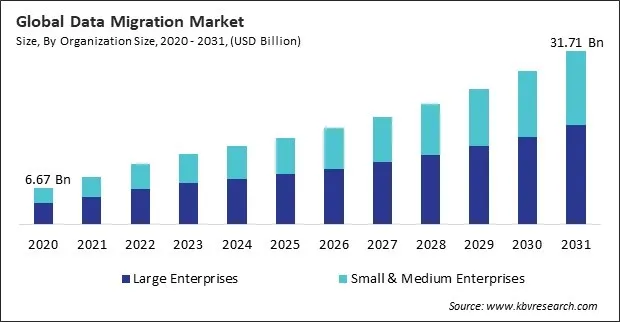
The major strategies followed by the market participants are Partnerships as the key developmental strategy to keep pace with the changing demands of end users. For instance, In January, 2025, SAP SE announced the partnership with SNP SE, an IT service management company focusing on RISE with SAP transformations and data migration for SAP S/4HANA Public Cloud. Leveraging its Bluefield methodology and Kyano platform, SNP accelerates cloud migrations, minimizes risks, and enables efficient, data-driven SAP transitions for global enterprises, enhancing customer success and business agility. Additionally, In September, 2024, Oracle Corporation partnered with AWS, a cloud computing company to integrate Oracle Autonomous Database and Exadata Database Service within AWS. This offers customers seamless database management, enhanced flexibility, and simplified migration, with zero-ETL integration, unified support, and access to advanced AWS services, improving enterprise agility and innovation.
Based on the Analysis presented in the KBV Cardinal matrix; Microsoft Corporation is the forerunner in the Data Migration Market. In December, 2022, Microsoft Corporation teamed up with LSEG, a global provider of financial markets data and infrastructure to enhance LSEG's data infrastructure using Microsoft Cloud, including Azure and AI. This collaboration will improve financial analytics, streamline workflows with Teams, and develop new cloud-based services. Companies such as Amazon Web Services, Inc., Oracle Corporation, and IBM Corporation are some of the key innovators in Data Migration Market.
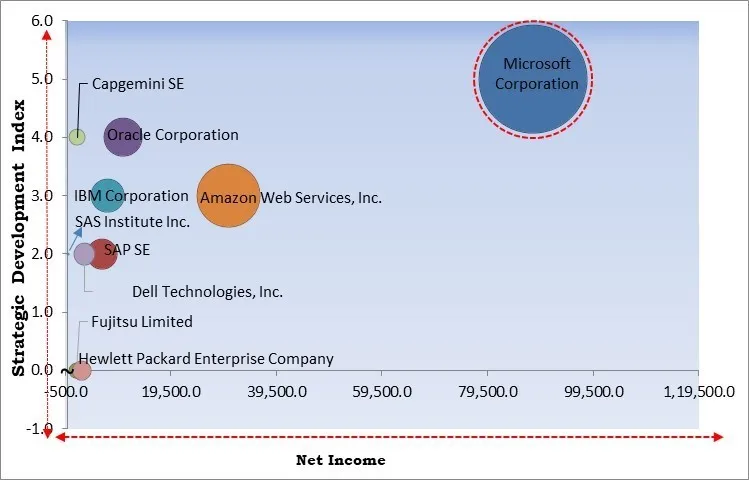
Organizations adopting cloud-based enterprise solutions like SAP S/4HANA, Salesforce, and Microsoft 365 must ensure efficient, real-time data migration with minimal disruption. Automated cloud migration tools, AI-powered data integration solutions, and self-healing cloud architectures facilitate smooth transitions while maintaining data integrity and compliance. Hence, the demand for data migration solutions will grow as cloud computing evolves.
Companies that fail to implement robust migration strategies risk data silos, compliance issues, and operational inefficiencies. The future of data migration is expected to be more automated, intelligent, and secure, with AI-driven solutions enhancing data mapping, validation, and governance. Organizations proactively investing in modern data migration technologies will gain a competitive edge, ensuring seamless data accessibility, security, and real-time decision-making in the evolving digital landscape. Thus, as digital transformation accelerates, data migration will remain a fundamental driver of innovation and efficiency.
Businesses require specialized tools and software to ensure seamless and secure data migration. These tools include ETL (Extract, Transform, Load) solutions, backup and recovery software, and real-time synchronization tools that facilitate data transfer while maintaining integrity. Licensing fees for such software can be costly, especially for organizations handling highly sensitive or structured data. Hence, the high costs associated with hardware, software, storage, and cloud services can be a significant barrier for many organizations.
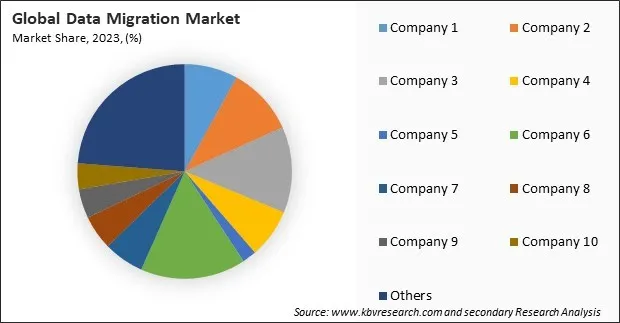
The leading players in the market are competing with diverse innovative offerings to remain competitive in the market. The above illustration shows the percentage of revenue shared by some of the leading companies in the market. The leading players of the market are adopting various strategies in order to cater demand coming from the different industries. The key developmental strategies in the market are Partnerships & Collaborations.
Free Valuable Insights: Global Data Migration Market size to reach USD 31.71 Billion by 2031
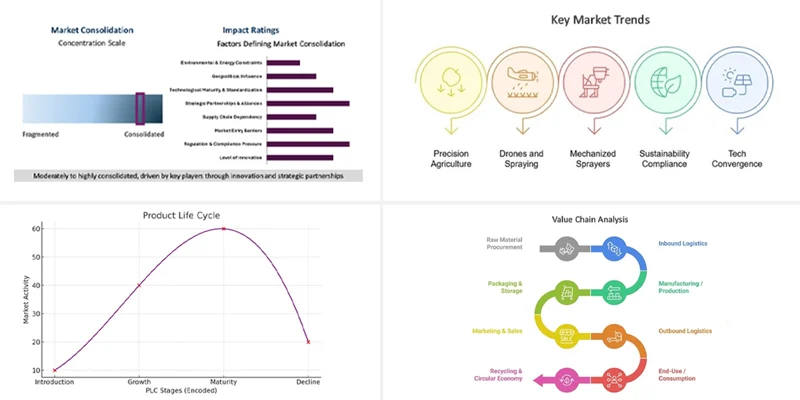
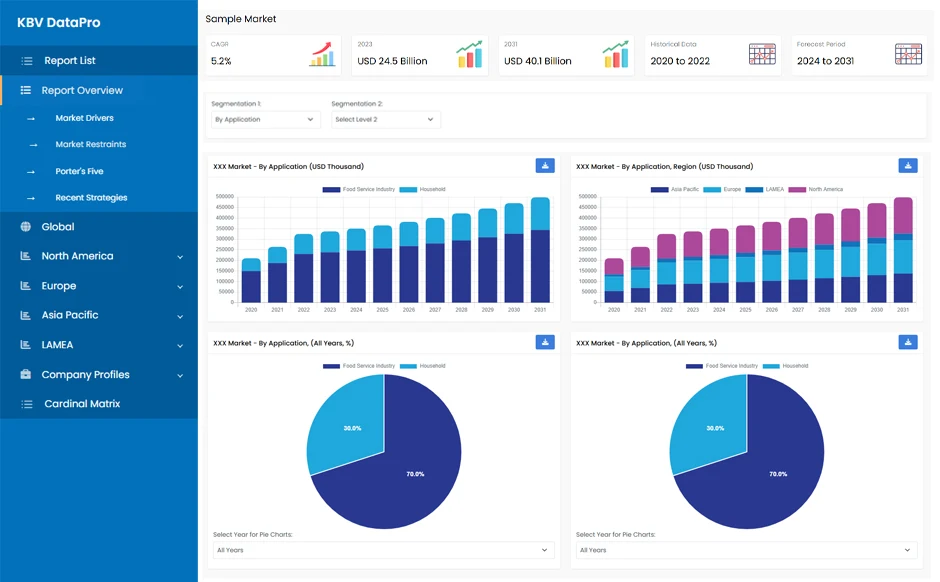
Based on data type, the market is classified into customer data, financial data, product data, supplier data, and compliance data. The financial data segment procured 23% revenue share in the market in 2023. The need for accurate, secure, and compliant financial data migration has grown as companies shift to cloud-based accounting, digital payment ecosystems, and regulatory reporting solutions. With strict compliance mandates such as GDPR, SOX, and PCI-DSS, organizations prioritize data security and integrity when migrating financial records. Additionally, the rise in blockchain technology, AI-driven financial analytics, and real-time transaction processing have increased demand for error-free and efficient financial data migration services.
On the basis of business function, the market is divided into sales & marketing, finance, operations, human resource, and others. The operations segment witnessed 20% revenue share in the market in 2023. The shift toward cloud-based enterprise resource planning (ERP) systems, IoT-enabled asset tracking, and AI-driven predictive maintenance has driven the demand for seamless data migration in operations. Organizations adopt real-time analytics, robotic process automation (RPA), and AI-driven demand forecasting to streamline operations and reduce costs. Data migration ensures smooth digital transformation, allowing businesses to move legacy operational data to modern, scalable, and secure platforms.
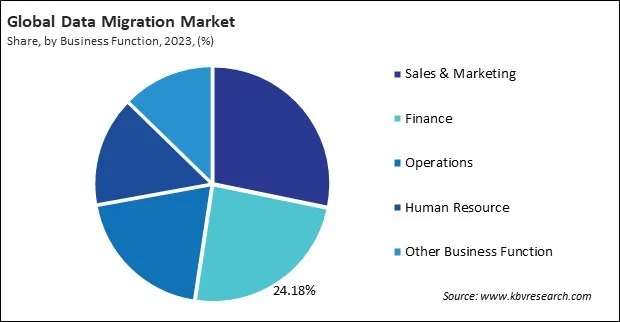
By organization size, the market is bifurcated into small & medium enterprises and large enterprises. The large enterprises segment garnered 59% revenue share in the market in 2023. Large banking, healthcare, retail, manufacturing, and telecommunications organizations rely heavily on data-driven decision-making, customer analytics, and enterprise resource planning (ERP) systems, which require seamless data migration. With global operations and cross-border data management needs, large enterprises face compliance, security, and data governance challenges, making them invest in advanced migration solutions.
Based on deployment type, the market is segmented into cloud and on-premise. The cloud segment recorded 62% revenue share in the market in 2023. One of the key drivers for cloud-based data migration is the shift to remote work and distributed operations. As organizations embrace cloud-native applications, SaaS solutions, and AI-powered analytics, the need for seamless data migration to cloud environments has surged. Small and medium enterprises (SMEs), particularly, have embraced cloud migration due to its cost-efficiency, ease of deployment, and reduced IT infrastructure dependencies.
On the basis of application, the market is classified into BFSI, energy & utilities, healthcare, manufacturing, retail, telecom & IT, media & entertainment, and others. The BFSI segment witnessed 24% revenue share in the market in 2023. Financial institutions oversee extensive volumes of sensitive information, encompassing customer records, transaction histories, and risk assessments, thereby necessitating the implementation of secure and efficient data migration solutions. The rise of mobile banking, AI-driven fraud detection, and cloud-based financial platforms has further increased the need to migrate legacy banking systems to modern, cloud-native architectures.
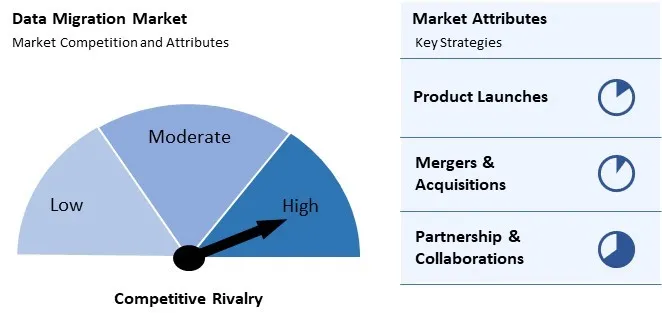
The data migration market is experiencing growing competition driven by advancements in AI-powered automation, cloud-based migration tools, and real-time data processing. Innovations in machine learning algorithms are enhancing data mapping, transformation, and validation, reducing downtime and improving accuracy. The rise of hybrid and multi-cloud environments has led to the development of scalable, seamless migration solutions with minimal disruption. Additionally, advancements in data security, compliance automation, and zero-downtime migration techniques are addressing enterprise concerns. As organizations modernize IT infrastructure and transition to cloud platforms, competition is intensifying, driving continuous improvements in speed, efficiency, and risk mitigation.
Region-wise, the market is analyzed across North America, Europe, Asia Pacific, and LAMEA. The North America segment recorded 40% revenue share in the market in 2023. The region is home to major cloud service providers (AWS, Microsoft Azure, Google Cloud), IT enterprises, and financial institutions, all of which require large-scale data migration solutions to modernize their IT infrastructure. The U.S. and Canada lead digital transformation efforts, with businesses across BFSI, healthcare, telecom, and retail sectors investing in cloud migration, big data analytics, and AI-powered automation.
| Report Attribute | Details |
|---|---|
| Market size value in 2023 | USD 12.99 Billion |
| Market size forecast in 2031 | USD 31.71 Billion |
| Base Year | 2023 |
| Historical Period | 2020 to 2022 |
| Forecast Period | 2024 to 2031 |
| Revenue Growth Rate | CAGR of 12.0% from 2024 to 2031 |
| Number of Pages | 368 |
| Number of Tables | 603 |
| Report coverage | Market Trends, Revenue Estimation and Forecast, Segmentation Analysis, Regional and Country Breakdown, Competitive Landscape, Market Share Analysis, Porter’s 5 Forces Analysis, Company Profiling, Companies Strategic Developments, SWOT Analysis, Winning Imperatives |
| Segments covered | Organization Size, Data Type, Deployment Type, Business Function, Application, Region |
| Country scope |
|
| Companies Included | Oracle Corporation, IBM Corporation, Microsoft Corporation, SAP SE, SAS Institute Inc., Amazon Web Services, Inc. (Amazon.com, Inc.), Dell Technologies, Inc., Hewlett Packard Enterprise Company, Fujitsu Limited and Capgemini SE |
By Organization Size
By Data Type
By Deployment Type
By Business Function
By Application
By Geography
This Market size is expected to reach $31.71 billion by 2031.
Increasing Adoption of Cloud Computing are driving the Market in coming years, however, High Cost of Data Migration restraints the growth of the Market.
Oracle Corporation, IBM Corporation, Microsoft Corporation, SAP SE, SAS Institute Inc., Amazon Web Services, Inc. (Amazon.com, Inc.), Dell Technologies, Inc., Hewlett Packard Enterprise Company, Fujitsu Limited and Capgemini SE
The expected CAGR of this Market is 12.0% from 2023 to 2031.
The Customer Data segment is leading the Market by Data Type in 2023; thereby, achieving a market value of $10.03 billion by 2031.
The North America region dominated the Market by Region in 2023; thereby, achieving a market value of $12.10 billion by 2031.
Our team of dedicated experts can provide you with attractive expansion opportunities for your business.
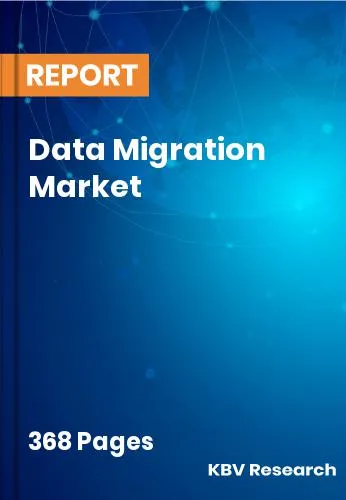
 Drivers
Drivers
 Restraints
Restraints
 Opportunities
Opportunities
 Challenges
Challenges
